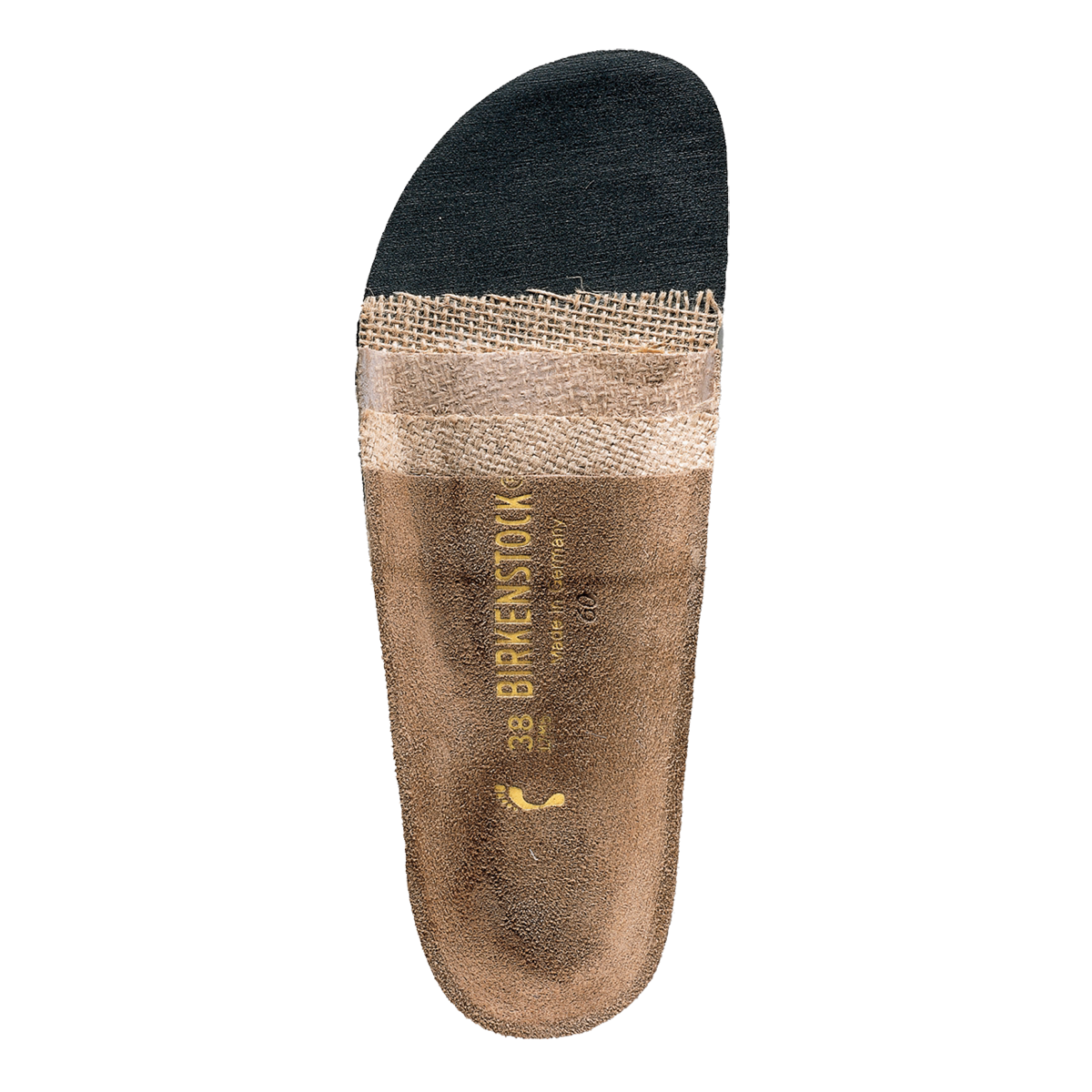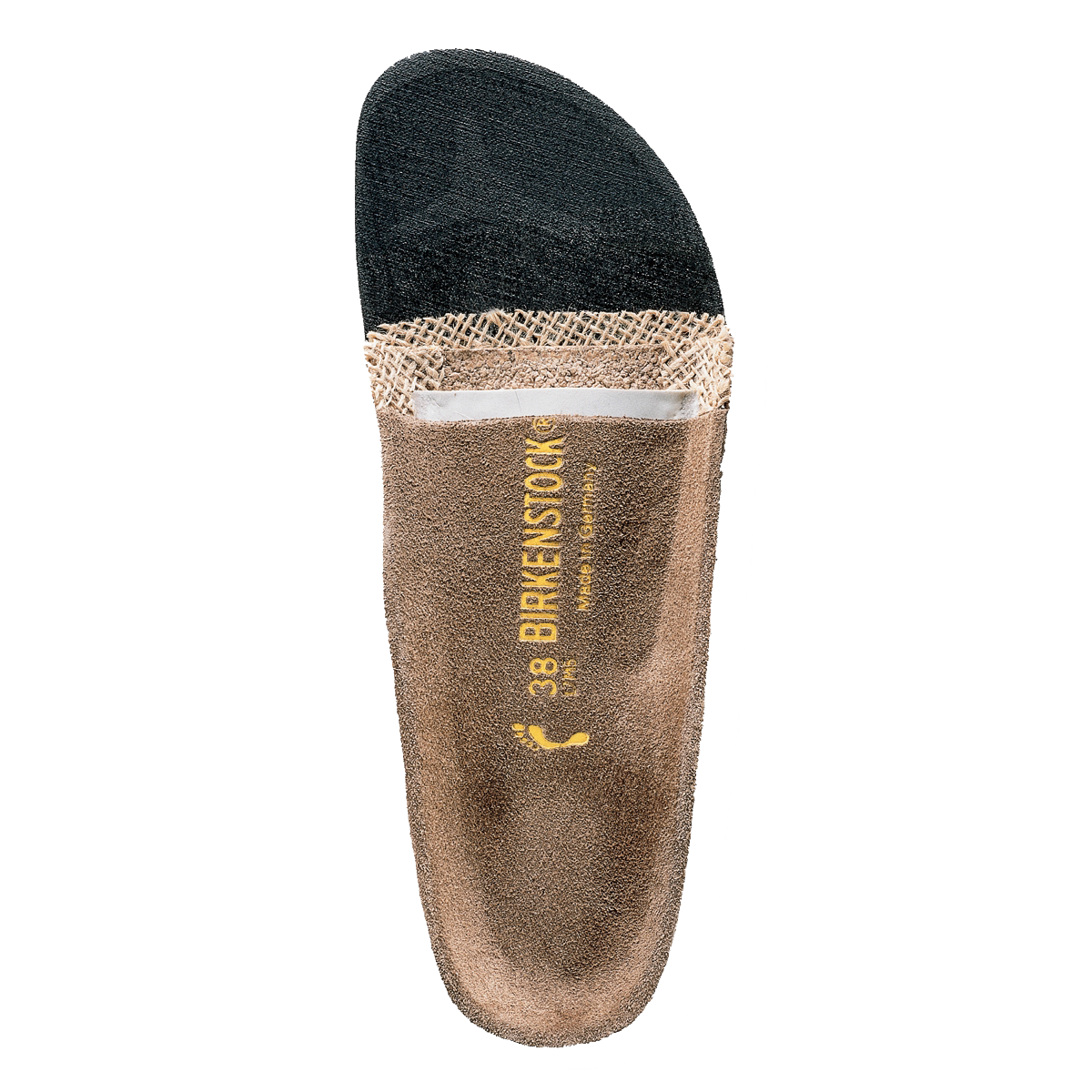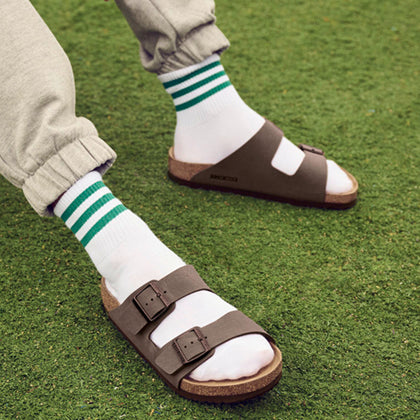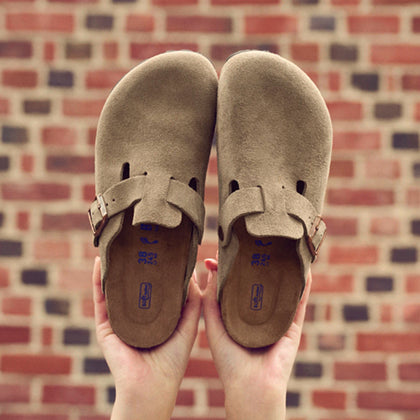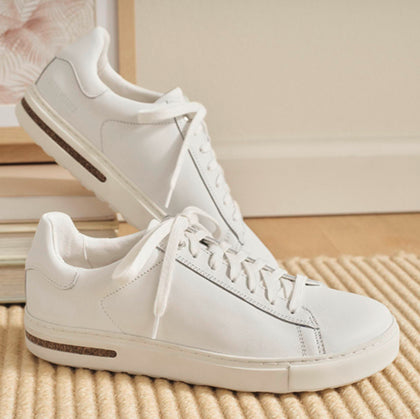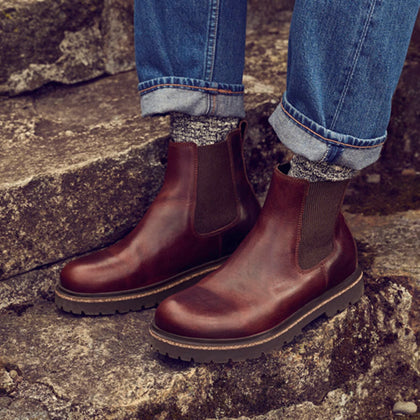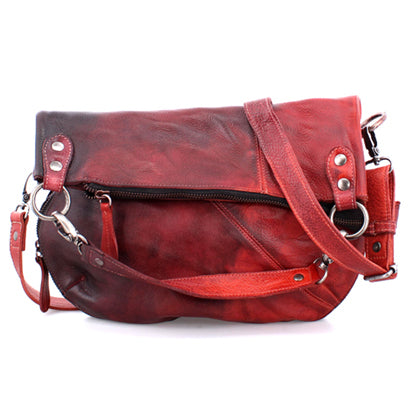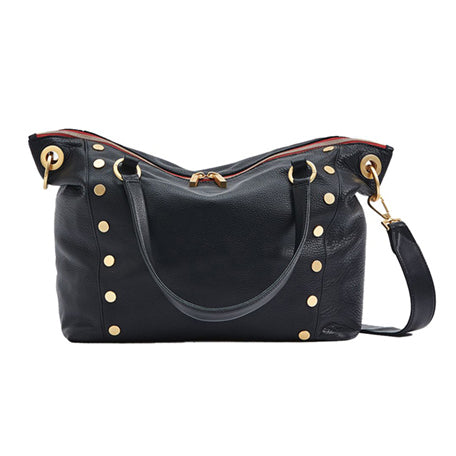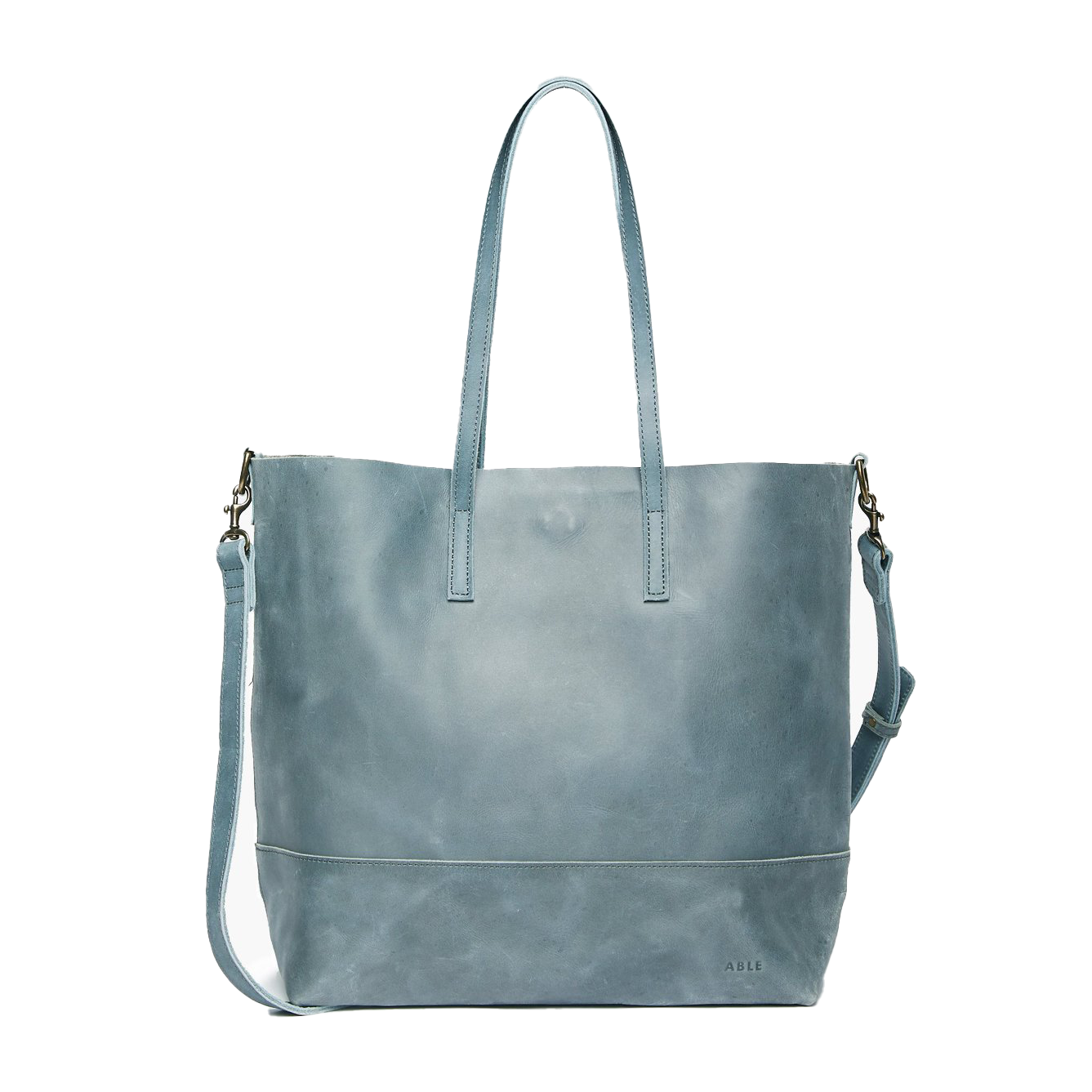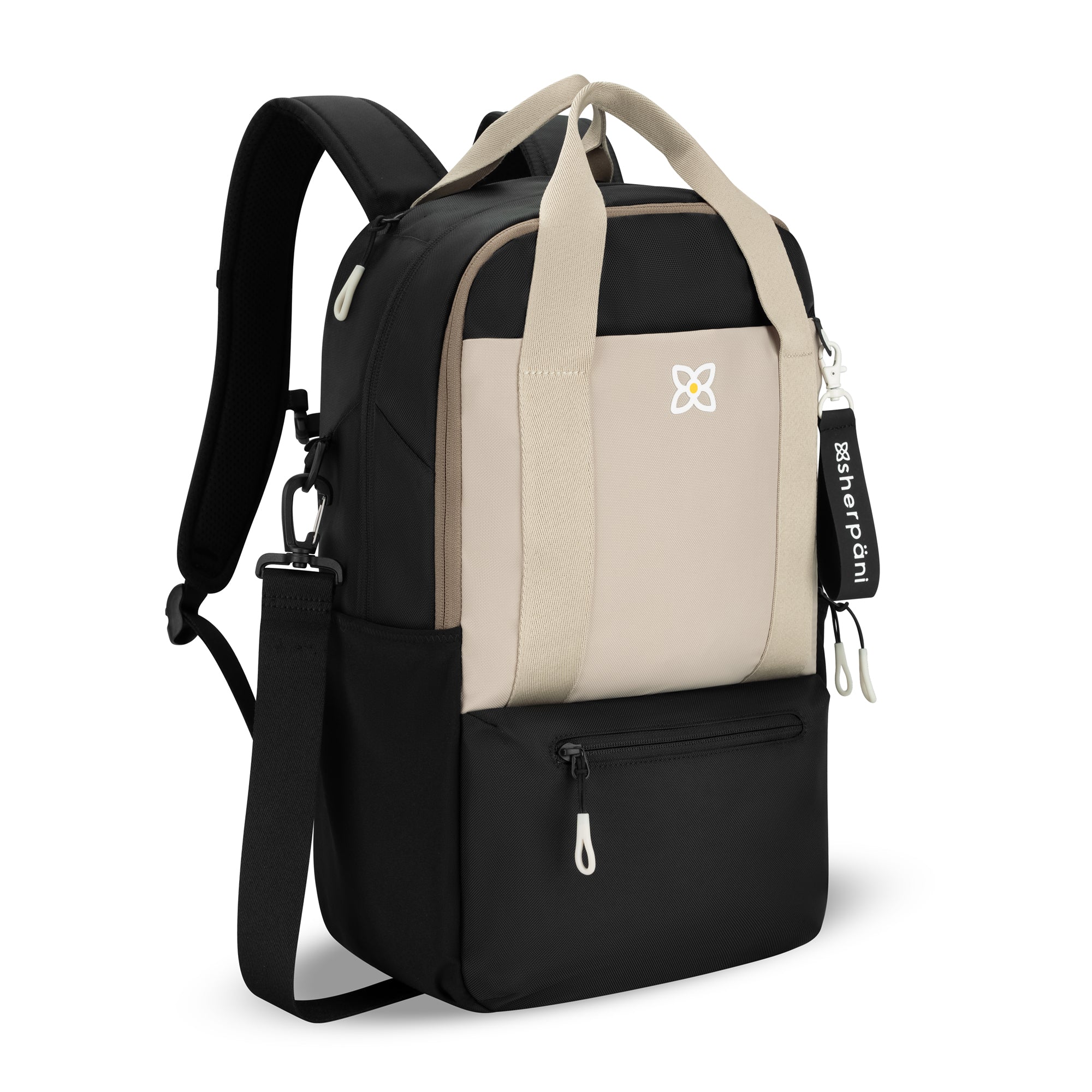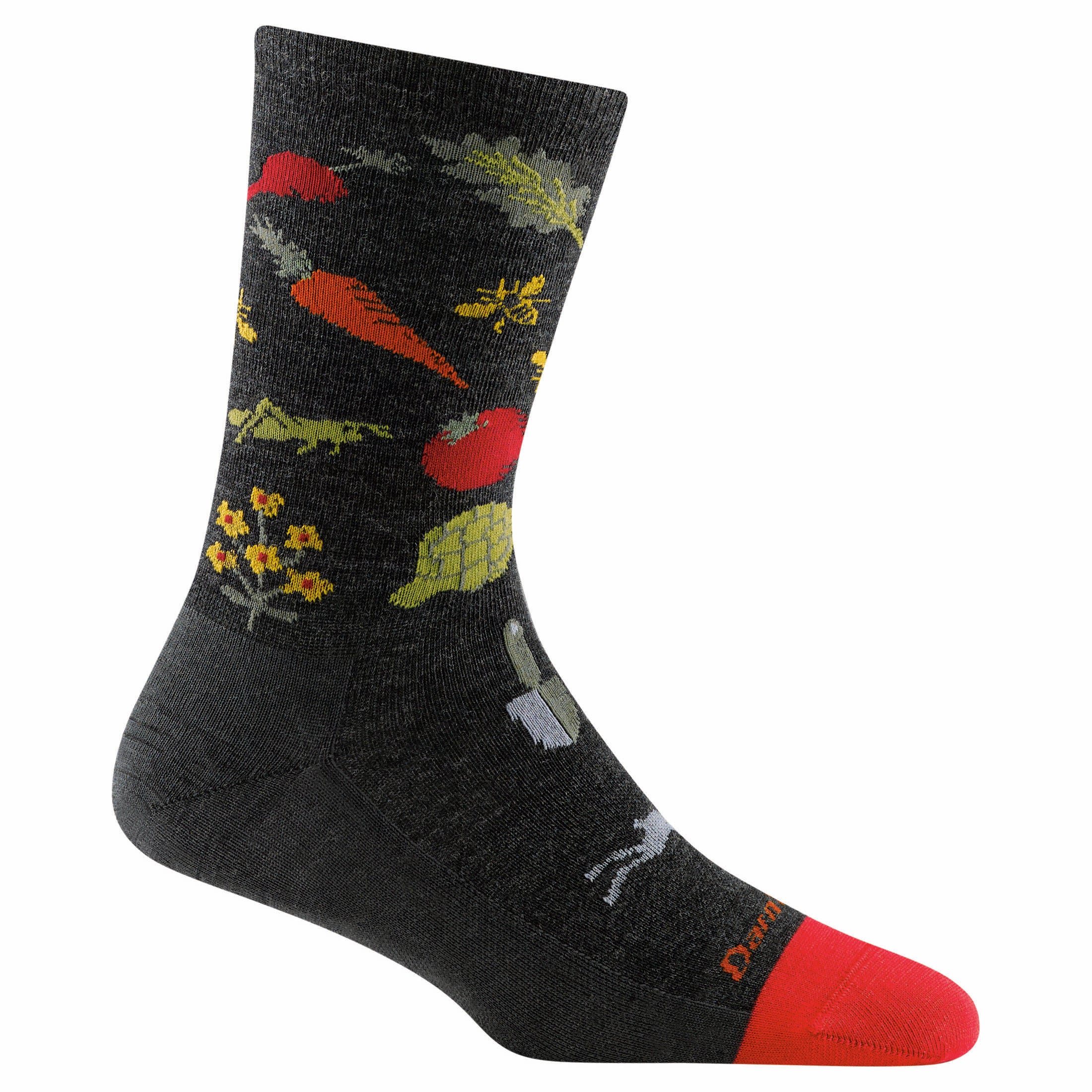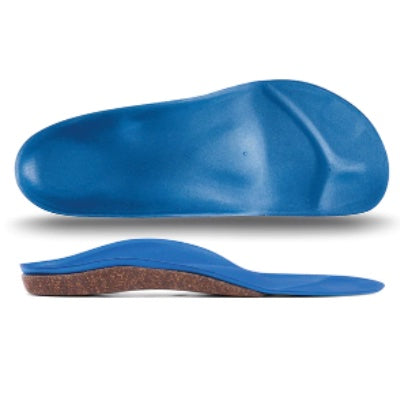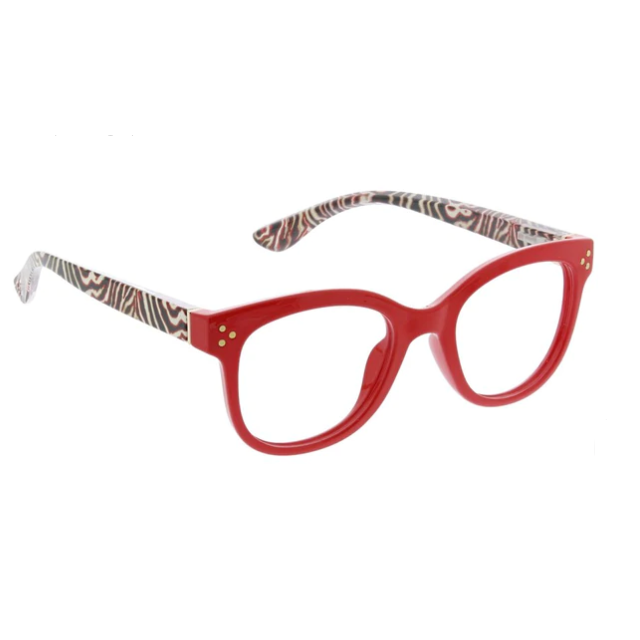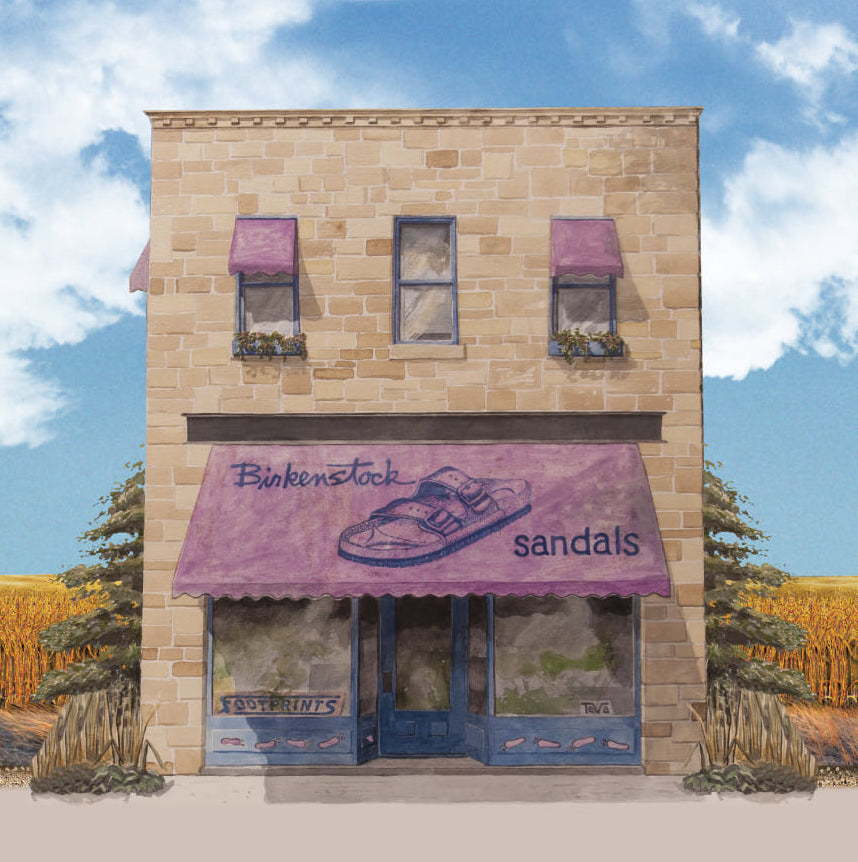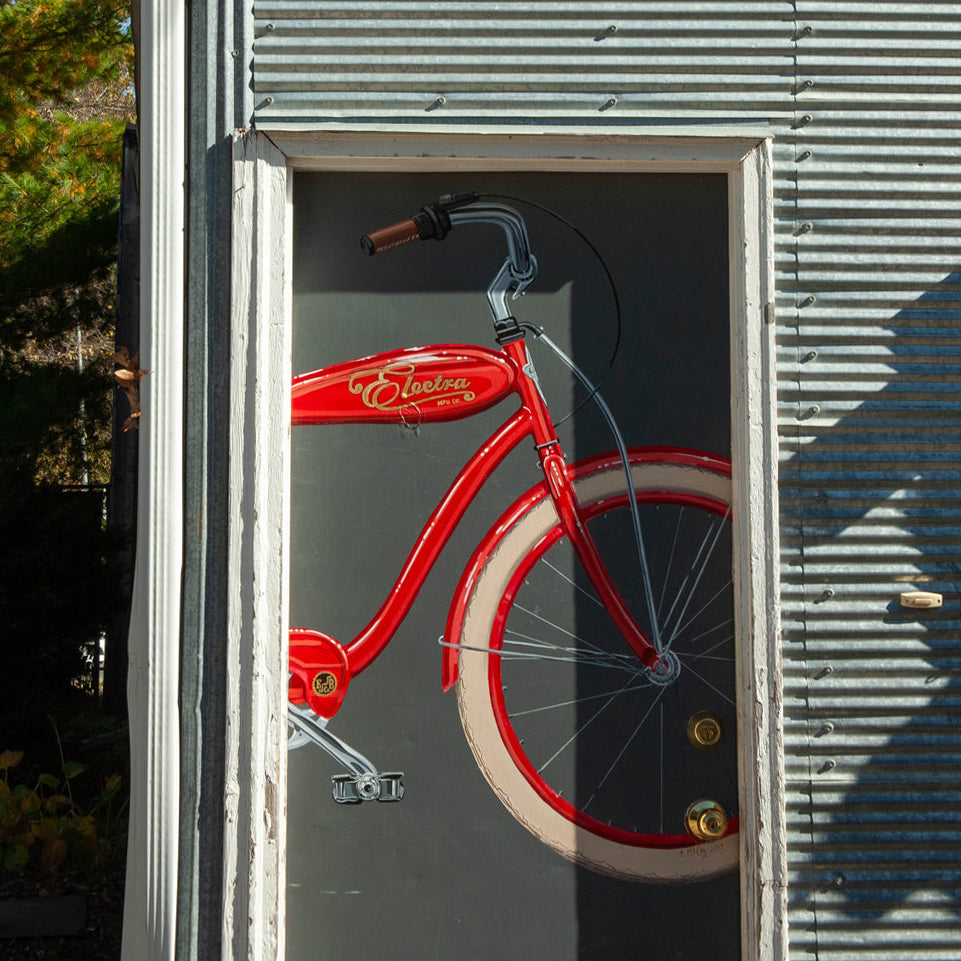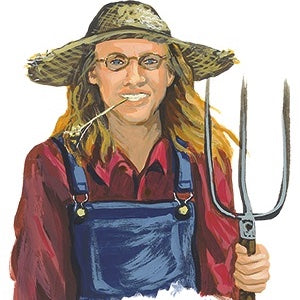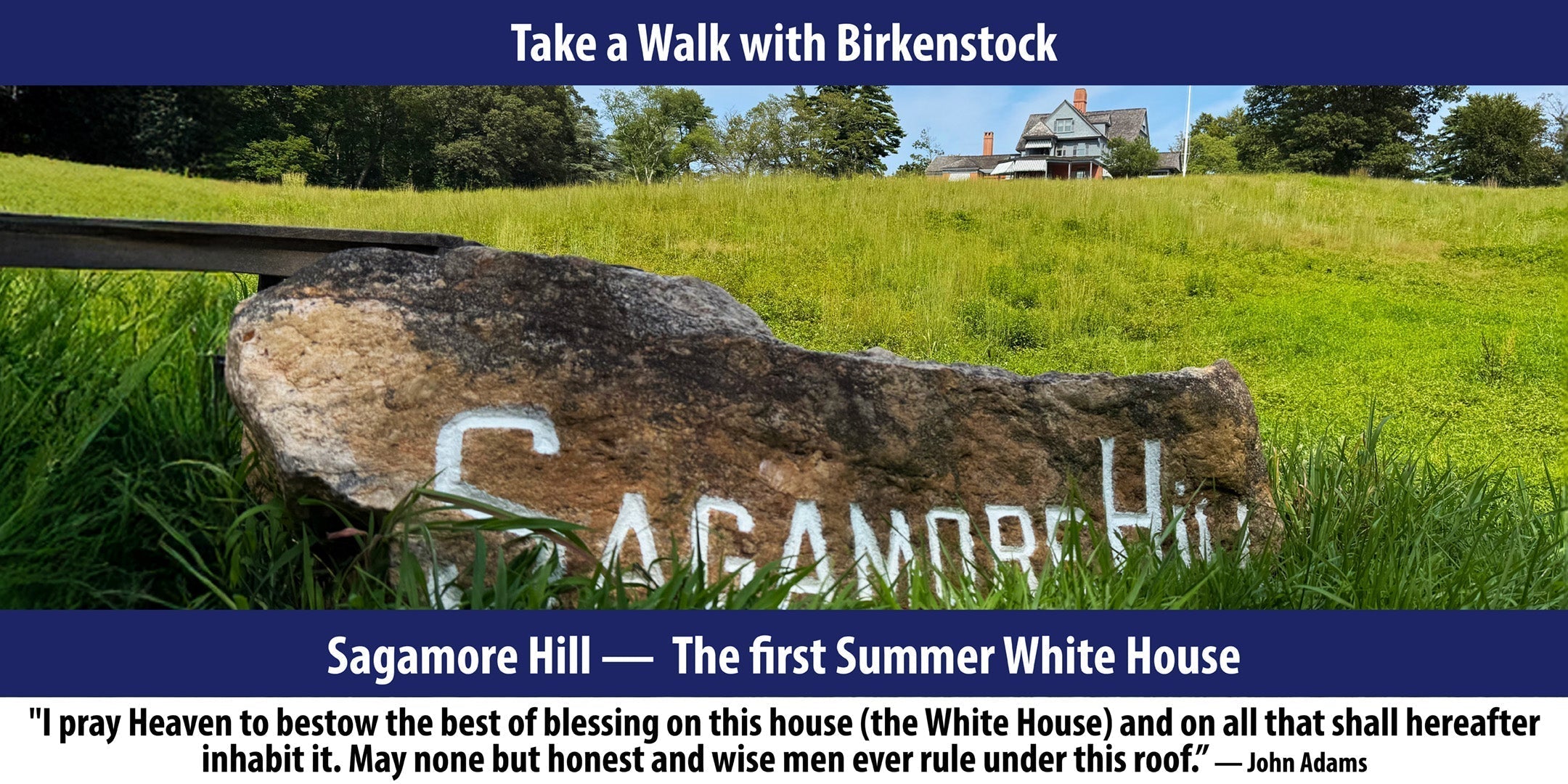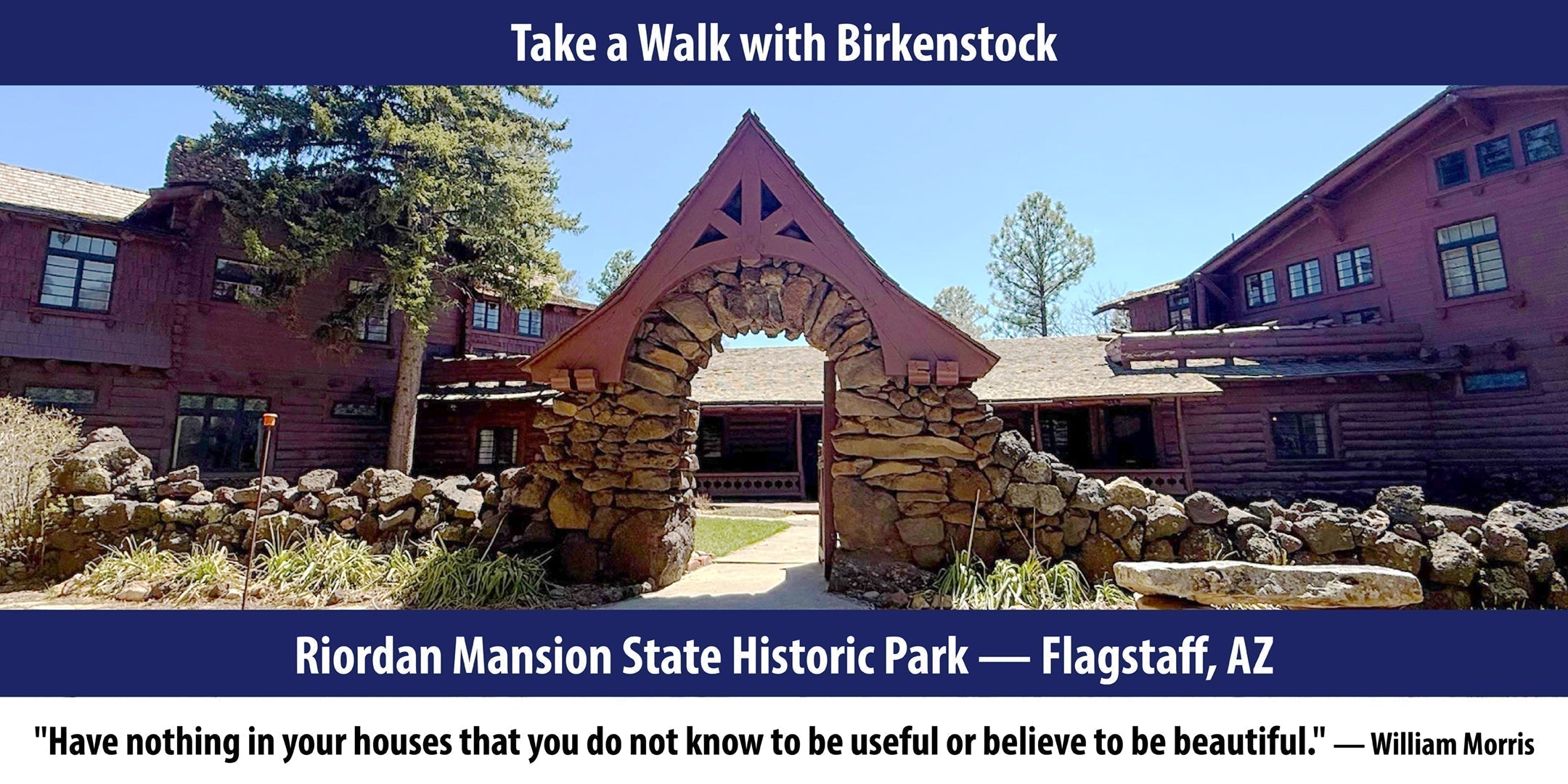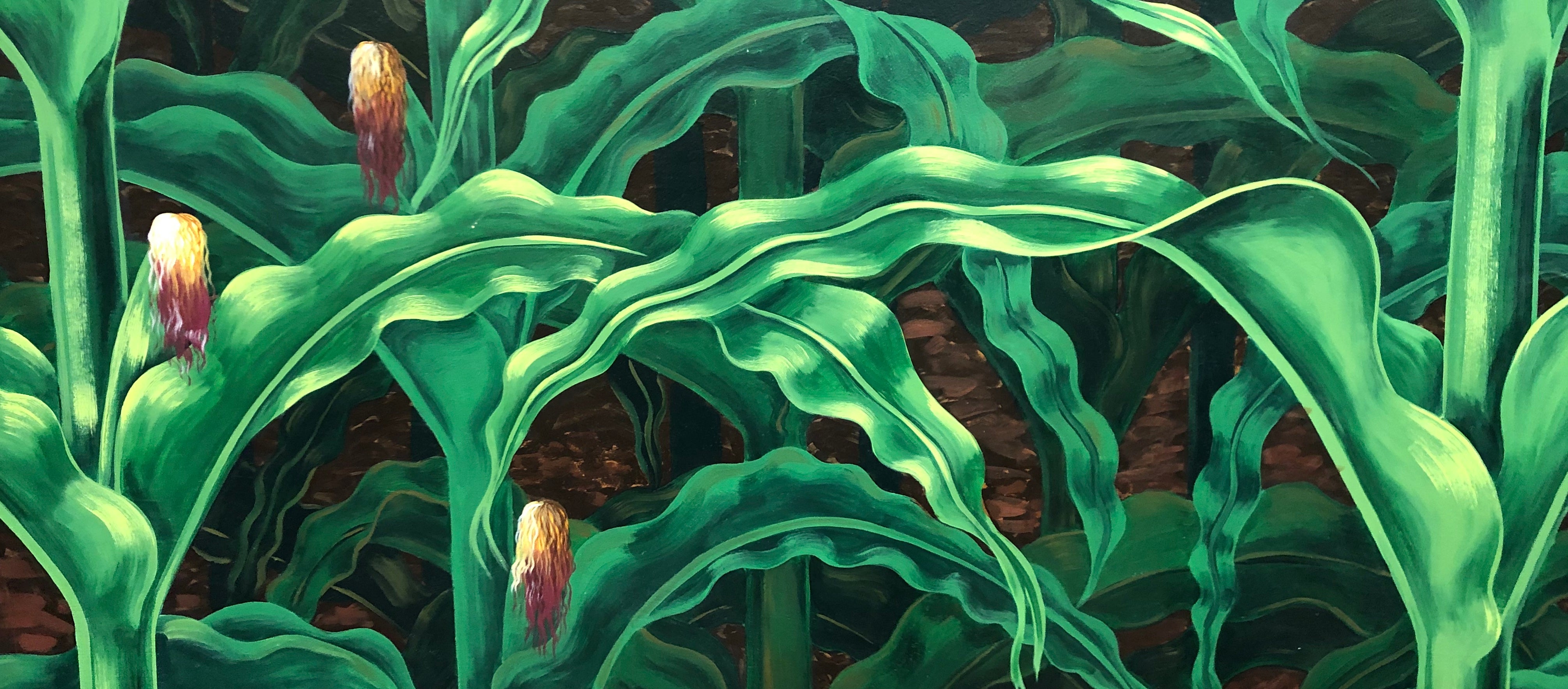A traveling Smithsonian exhibit just opened at the Watkins Museum, here in Lawrence. The exhibit was supposed to take place at Haskell Indian Nations University, also in Lawrence, but federal budget cuts disallowed that. Footprints, other individuals, and groups provided funding to make the exhibit possible at the Watkins Museum. We invite you to attend.

This traveling exhibit is a smaller version of the original exhibit which I saw in Washington, DC a couple years ago. The exhibit chronicled how intertwined American Indian imagery, place names and stories are within our culture. On display were hundreds of examples of Native American imagery used for a variety of purposes; to sell products or adorn documents, coinage, and official seals. The hundreds of images on display ran the gamut from racist, to beautiful, to downright weird. It was fascinating and curious. What a surprise for me when I stumbled upon an image in the exhibition created by my grandfather.

My grandfather operated a wholesale grocery business in Arkansas City, KS at the start of the previous century. He loved the Southwest and the artwork coming from the Taos art colony at that time. In 1908, he hired a graphic artist in Wichita to paint a Southwest scene with a serape-wearing Native American leaning against my grandfather's Santa Fe Brand logo. Labels with that artwork wrapped thousands of tin cans of peaches, applesauce, string beans, etc. for decades.

I always liked those labels. I thought they were both attractive and benign. However, the artifacts in this exhibit helped define a people without their consent or participation. If you were a Native American, the stereotypes created must have been burdensome. The exhibit made me ponder my own childhood. I watched hundreds of westerns. The Indians who were defending their homeland were always the bad guys. The invading settlers, cowboys or cavalry were always the good guys. Within the movies a variety of derogatory words were established as descriptive of Native Americans including: Injuns, savage, buck, sneaky, pesky and squaw. I wrote stories on a Big Chief Tablet, like most of us did. I collected Indian head pennies and Buffalo nickels. I was in the Indian Guides, an organization within the YMCA which paired white fathers and sons with other white fathers and sons. The goal was to help bond with each other by wearing headdresses and delving into stereotypes of Native Americans. I carved a cigar store Indian as a teenager. At school I learned that Custer was a hero. This travelling exhibit helps us rethink our memories, our point of view. The exhibit will appear at smaller museums across the country over the next few years. Check it out if you can.

Take a walk with Birkenstock.


